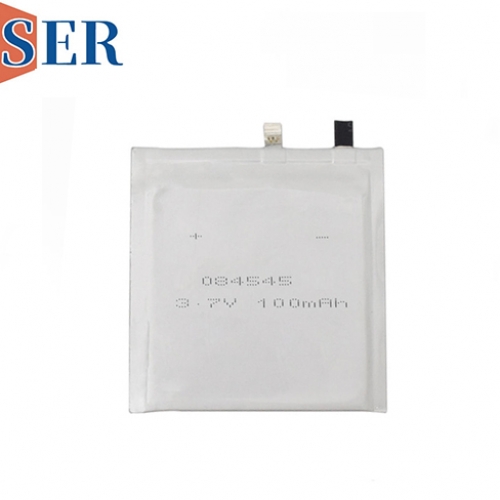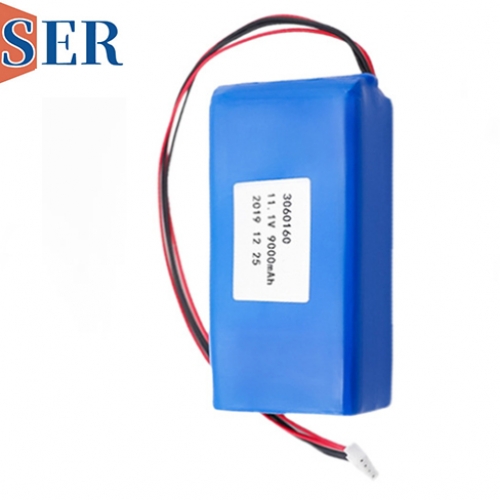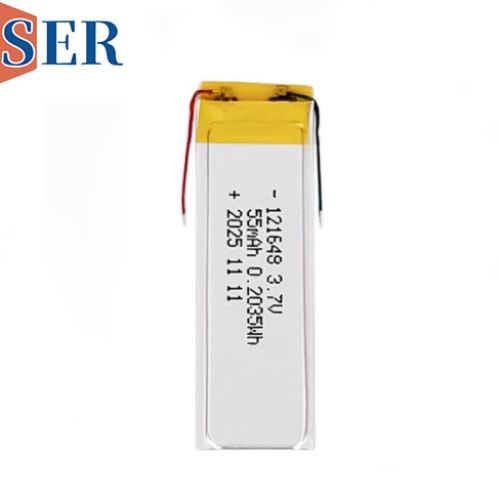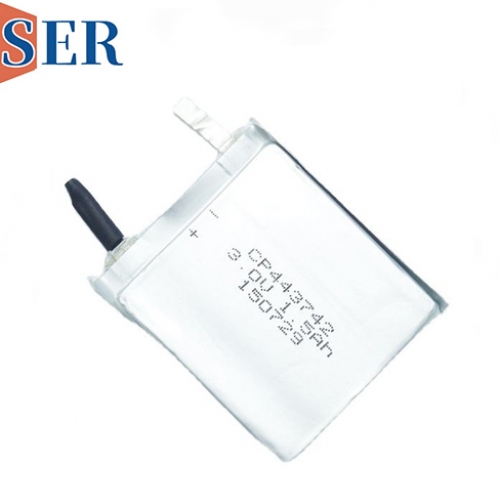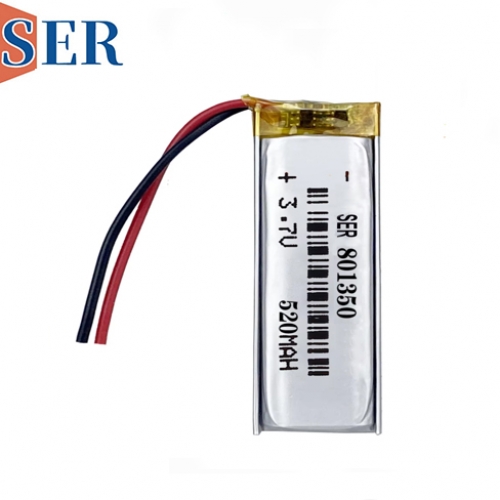High-Temperature Battery ER14505
High-Temperature Battery ER14505S: A Comprehensive Analysis
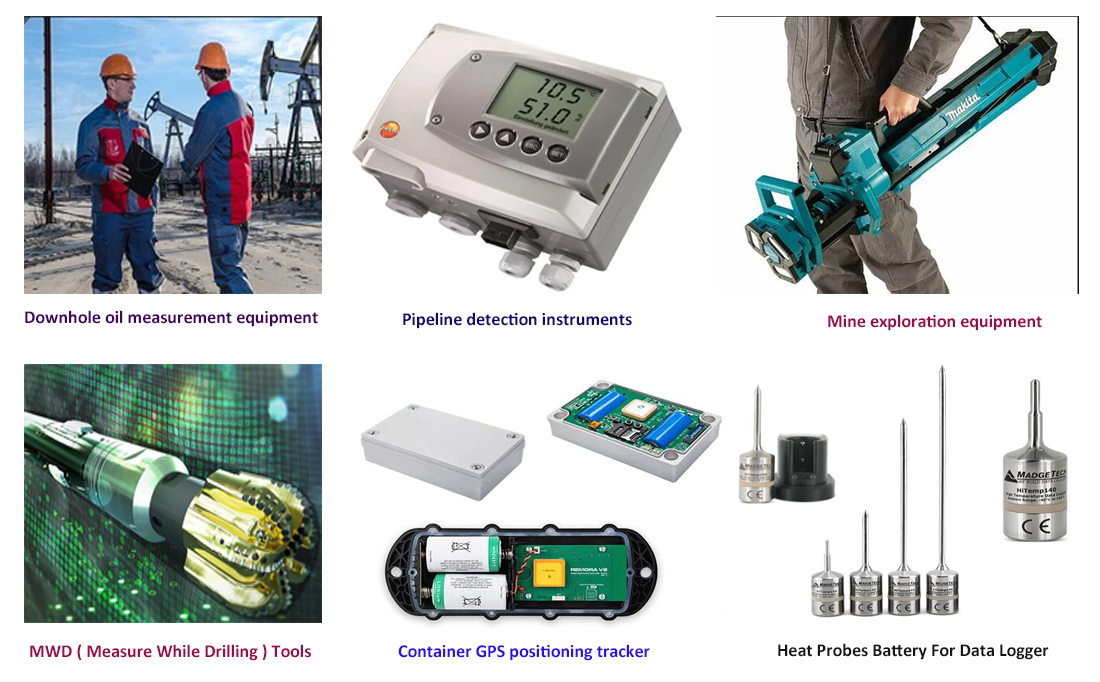
Introduction
In the realm of battery technology, the quest for batteries that can withstand extreme environmental conditions while maintaining optimal performance has been a continuous endeavor. High-temperature batteries have emerged as crucial components in various industries, including aerospace, automotive, oil and gas, and military applications. Among these, the ER14505S battery, a 3.6-volt, 1.6AH Li-SOCL₂ (Lithium Thionyl Chloride) battery, stands out due to its exceptional high-operation temperature performance, with a remarkable temperature tolerance range of -40 to 150 degrees Celsius. This article delves into the characteristics, applications, advantages, and potential challenges associated with the ER14505S high-temperature battery.
Understanding the Li-SOCL₂ Battery Chemistry
Before delving into the specifics of the ER14505S battery, it is essential to understand the underlying chemistry of Li-SOCL₂ batteries. Lithium Thionyl Chloride batteries are a type of primary lithium battery, known for their high energy density, long shelf life, and excellent performance in extreme temperatures. The chemistry involves a lithium anode and a thionyl chloride cathode, separated by a non-woven separator. During discharge, lithium reacts with thionyl chloride to produce lithium chloride, sulfur dioxide, and electrons, generating electrical energy.
Features of the ER14505S High-Temperature Battery
1. High Energy Density
The ER14505S battery boasts a high energy density, which means it can store a significant amount of energy in a relatively small and lightweight package. This feature is particularly advantageous in applications where space and weight are critical factors, such as in portable electronic devices or remote monitoring systems.
2. Wide Temperature Tolerance
One of the most notable features of the ER14505S battery is its ability to operate effectively across a wide temperature range, from -40 to 150 degrees Celsius. This makes it suitable for use in extreme cold and hot environments, where conventional batteries may fail or experience significant performance degradation.
3. Long Shelf Life
Li-SOCL₂ batteries are known for their long shelf life, which can exceed 10 years under proper storage conditions. This is due to the low self-discharge rate of the chemistry, making the ER14505S battery an ideal choice for applications that require long-term energy storage without frequent maintenance.
4. High Voltage and Stable Discharge
The ER14505S battery maintains a relatively constant voltage throughout its discharge cycle, providing stable power output. This is crucial for applications that require consistent performance, such as medical devices, security systems, and industrial sensors.
Applications of the ER14505S High-Temperature Battery
1. Aerospace and Defense
In aerospace applications, batteries must withstand extreme temperatures, high radiation, and long periods of storage. The ER14505S battery's wide temperature tolerance and high energy density make it suitable for use in satellites, spacecraft, and military equipment, where reliability and performance are paramount.
2. Oil and Gas Industry
The oil and gas industry often operates in harsh environments, including extreme temperatures, high pressure, and corrosive conditions. The ER14505S battery's ability to function reliably in these conditions makes it ideal for powering remote monitoring equipment, downhole sensors, and other critical devices in the oil and gas industry.
3. Automotive and Transportation
In the automotive sector, batteries are required to operate reliably in various environmental conditions, including extreme heat and cold. The ER14505S battery's wide temperature tolerance makes it suitable for use in tire pressure monitoring systems (TPMS), keyless entry systems, and other automotive electronics.
4. Industrial and Remote Monitoring
For industrial applications, such as remote monitoring of pipelines, bridges, and other infrastructure, batteries must be able to withstand harsh environmental conditions while providing reliable power. The ER14505S battery's long shelf life and high energy density make it an excellent choice for these applications.
Advantages of the ER14505S Battery
1. Reliability in Extreme Conditions
The ER14505S battery's ability to operate in temperatures ranging from -40 to 150 degrees Celsius ensures reliable performance in extreme environments, reducing the risk of failure and downtime.
2. Longevity and Low Maintenance
With a long shelf life and low self-discharge rate, the ER14505S battery requires minimal maintenance, reducing operational costs and increasing system reliability.
3. High Energy Efficiency
The high energy density of the ER14505S battery allows for longer operating times between battery replacements, improving system efficiency and reducing the need for frequent maintenance.
4. Environmental Friendliness
Lithium Thionyl Chloride batteries are generally considered more environmentally friendly than some other battery chemistries, as they do not contain heavy metals such as lead, mercury, or cadmium.
Challenges and Considerations
Despite its many advantages, the ER14505S battery also presents some challenges:
1. Cost
Li-SOCL₂ batteries are typically more expensive than some other battery types, which may limit their use in cost-sensitive applications.
2. Transportation and Storage
Lithium batteries are subject to strict transportation and storage regulations due to their potential for thermal runaway if damaged or improperly handled. Proper training and procedures are required to ensure safe handling and disposal of the batteries.
3. Disposal and Recycling
The disposal of lithium batteries requires special attention to environmental regulations, as improper disposal can lead to environmental contamination.
Future Prospects
The demand for high-temperature batteries is expected to grow as industries continue to expand into extreme environments. The ER14505S battery, with its excellent performance in high-temperature conditions, is well-positioned to meet this demand. Future developments may focus on further improving energy density, reducing costs, and enhancing safety features to make these batteries even more versatile and accessible.
Conclusion
The ER14505S high-temperature battery, with its 3.6-volt, 1.6AH Li-SOCL₂ chemistry and wide temperature tolerance of -40 to 150 degrees Celsius, represents a significant advancement in battery technology. Its applications span aerospace, oil and gas, automotive, and industrial sectors, where reliable power in extreme conditions is essential. While challenges such as cost and transportation regulations exist, the benefits of high energy density, long shelf life, and stable performance make the ER14505S battery a compelling choice for a wide range of applications. As technology continues to evolve, we can expect even more innovative solutions in high-temperature battery technology, further expanding the possibilities for industries operating in extreme environments.

